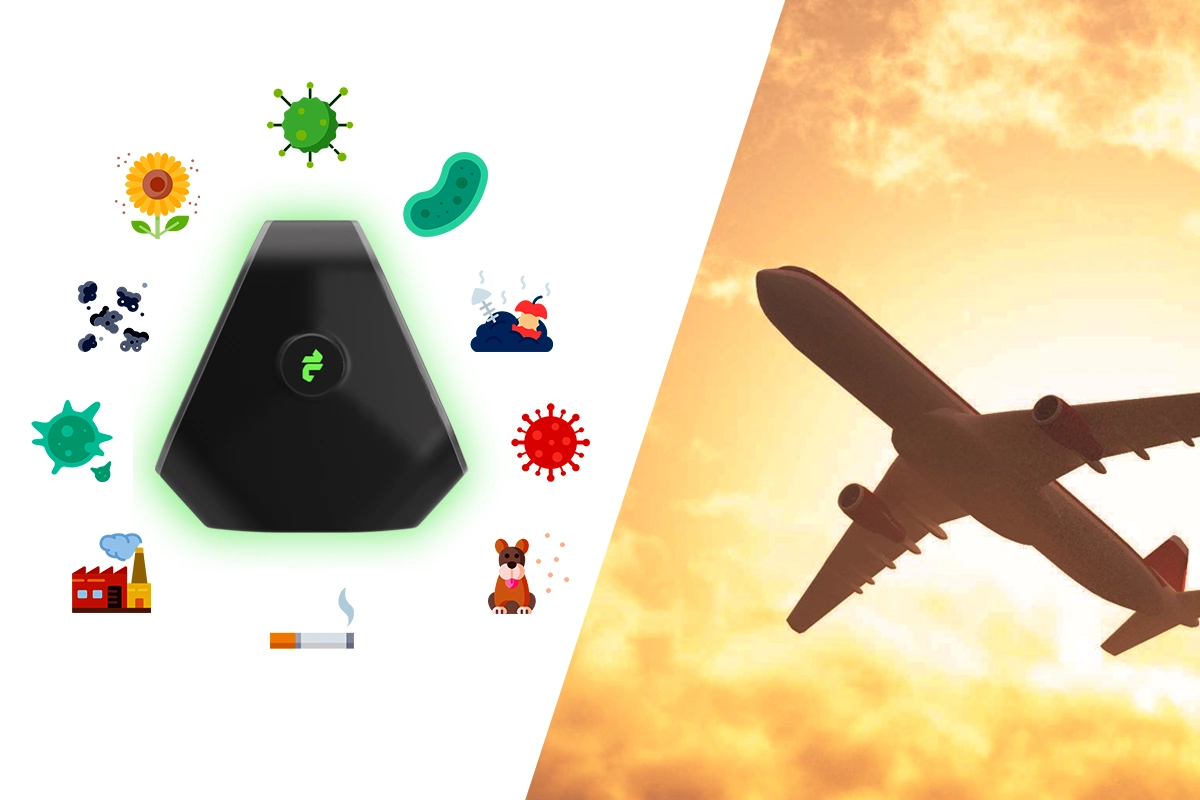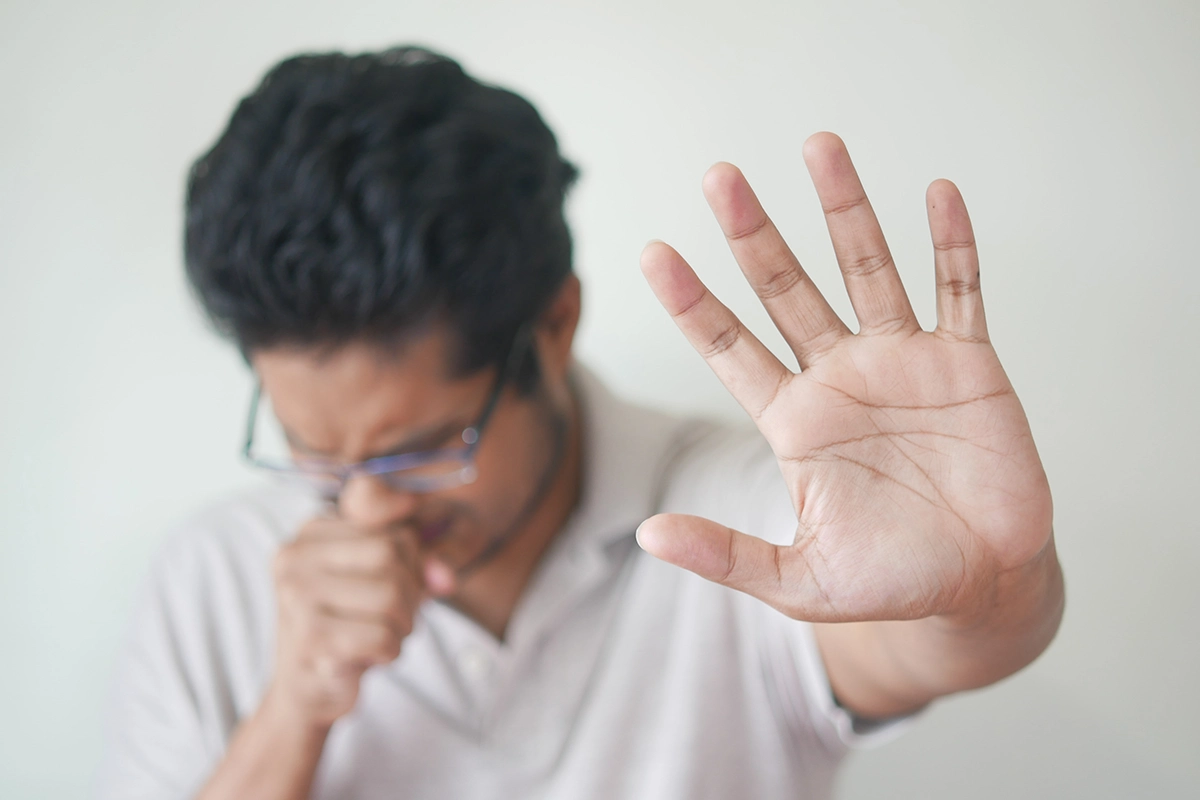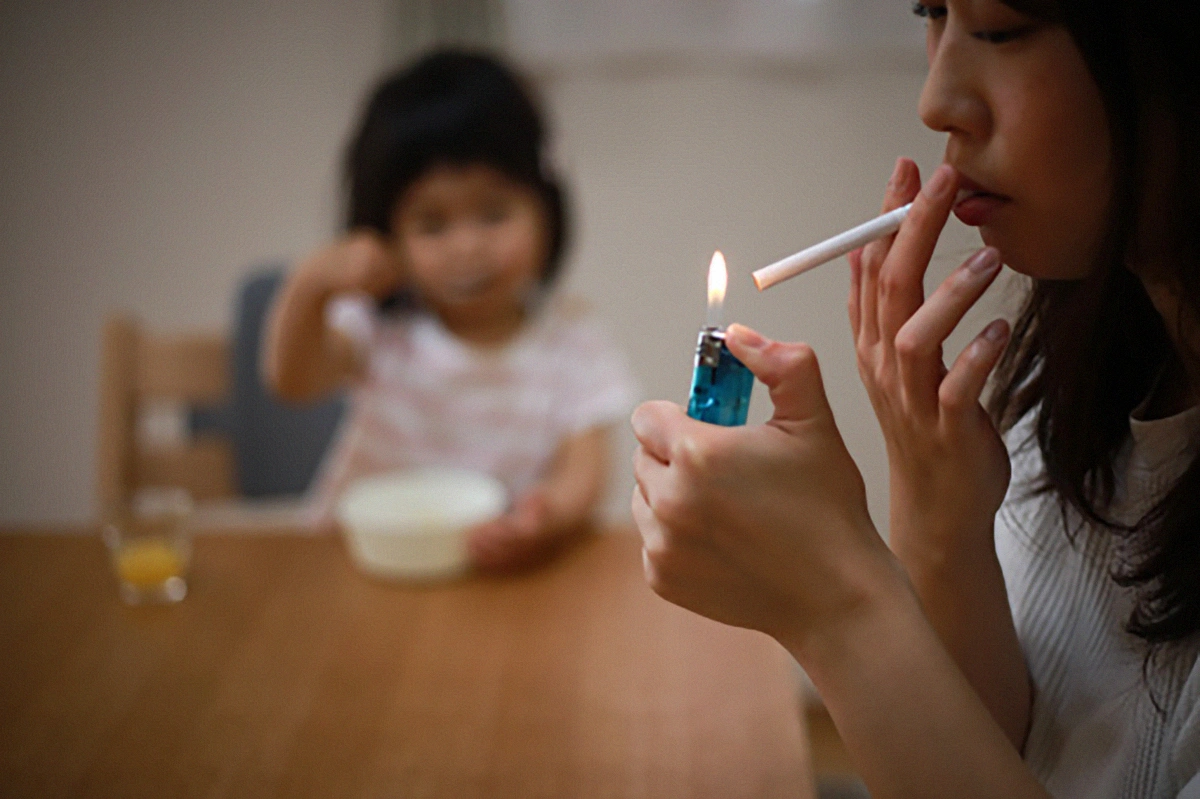
How do we ensure clean air or Air Security as a human right?
You have roughly one in two chances of inhaling air that exceeds World Health Organization standards for air pollution if

The sun has set on the Covid-19. But has it?
We have been in an air war with covid-19 for more than two years now and we still haven’t been able to figure out the best way to put an end to it.
Lately, all the media houses of countries like the USA, France and UAE have been raving about how air ventilation is the only way out to end the covid-19 virus and achieve air security.
In a conversation with AFP, Antoine Flahault, director of the Institute of Global Health at the University of Geneva, told AFP that we are currently at “fragile, armed peace” with covid-19. He further added, “ In hopes of stemming the tides with the pandemic and reducing mortality, we need to reduce the level of contamination, which the vaccine cannot do alone”.
Recent studies have shown that the virus is strong enough to travel for more than 2 meters and can spread through aerosols. Hence, every country is stressing upon proper ventilation and air security.
American Society of Heating, Refrigerating and Air-Conditioning Engineers (ASHRAE) has even created Standard 62.2, which sets ventilation requirements for removing indoor air contamination from homes. But is proper ventilation really an answer to improving indoor air security and eliminating the Covid-19 virus?
Generally, we discuss two types of ventilation when we talk about Indoor air security.
People choose any of the above according to their needs and budget. But when we sincerely think about this whole ventilation situation, we often fixate on the methods but always ignore the quality of the air we intake.
Let’s discuss it one by one.
It sounds good for countries like Australia and Finland where the average AQI is around 25 but you certainly cannot expect better Indoor air quality by opening windows and doors in cities like Delhi, Dhaka, Beijing and New York where the average AQI ranges from anywhere between 150 to 400. 100 being the cleanest, which is still indicated as unhealthy. And during winters in some cities, forget natural ventilation, don’t even try to look out of your window. AQI hits 500.
Other than this, natural ventilation can cause heat loss in winters and condensation in summer. Natural ventilation does not control the amount of air that passes through the building. This can be explained by the temperature differences between indoors and outdoors and the movements of the wind and the atmospheric pressure.
A recent study called Impact of outdoor air quality on the natural ventilation usage of commercial buildings in the US was conducted. It aims to provide a general guideline of outdoor air quality on natural ventilation usage when adopting natural ventilation in different US locations.
The results of the study confirmed that the outdoor air pollutants, especially PM2.5 and PM 10, are a significant factor to consider in the natural ventilation design to shield the occupant of the buildings from excessive air pollutant exposure. Thus, explaining that it is not only the dust particles or smoke you need to worry about but also the dangers of air pollutants invisible to the naked eye.
We will not have to dive deeper into the harmful effects Mechanical Ventilation can have on people because in the majority of the developing nations most people are not wealthy enough to afford it. And let’s say that even if people are willing to pay for mechanical ventilation, existing houses and buildings are built in a certain way that is surely not mechanical ventilation friendly.
The easiest to install and most popular mechanical ventilation is exhaust ventilation which has its fair share of concerns. Along with fresh air, they may draw in pollutants. These can include radon and moulds from a crawlspace, dust from an attic, fumes from an attached garage and gases from a fireplace. These pollutants are a particular concern when bath fans, range fans and clothes dryers (which also depressurize the home while they operate) are run when an exhaust ventilation system is also operating. For more details, you may read here.
Because of the airtight nature of many houses, mechanical ventilation can also depressurize your home. This can cause issues with appliances that vent naturally, such as a furnace and water heater. Rather than expelling the harmful gases outdoors, that are released when the water heater and furnace operate, the gases may linger indoors. This can cause serious breathing problems.
Though the developed nations are talking about air war and air ventilation and how this can help in defeating the pandemic, it is less about saving people from the virus and more about exposing them to hazardous pollutants and risking their lives.
Maybe in the future, we can have a discussion on this. But for now, the world isn’t ready.

You have roughly one in two chances of inhaling air that exceeds World Health Organization standards for air pollution if

It’s funny how often we get confused between Air security and Aviation security, but we fail to realise how both

While both men and women are susceptible to indoor air pollution’s harmful effects, women are more vulnerable to its effects.

As very few people are aware of indoor air pollution, they don’t know how water leaks worsen indoor air quality.

The indoor environment plays an important role in human health. There is a lot of literature describing how indoor air

Tobacco and humans have had a very long association. Archaeologists have found the use of tobacco since 1 BC in